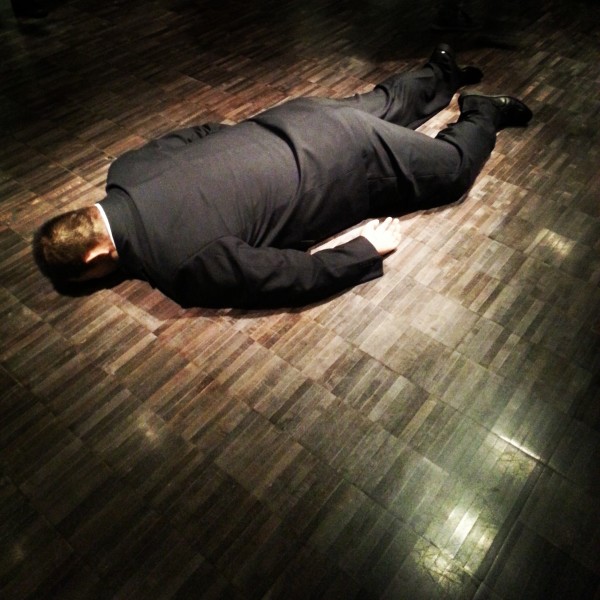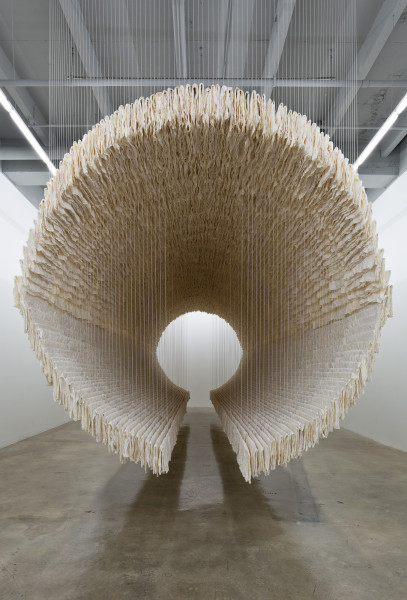Fans of contemporary Chinese art need not journey to Shanghai, Hong Kong or Beijing to see what the country’s booming art scene has to offer. Opening today, San Francisco’s Asian Art Museum hosts 28 Chinese, an eclectic, multimedia exhibition featuring the work of some of China’s most profound contemporary artists.
Featuring a handful of pieces from a larger private collection of art, 28 Chinese comes to San Francisco from Miami’s Rubell Family Collection. Collectors Donald and Mera Rubell have spent over a decade and at least six trips visiting established and emerging artists in China.
Curated by Allison Harding, who brought the Phantoms of Asia (2012) and Gorgeous (2014) exhibitions to the Asian Art Museum, 28 Chinese features work by international art stars like Zhang Huan and Ai Weiwei, and is displayed across three floors of the museum.
“All art was contemporary at one time,” says Don Rubell of his family’s collection. “This has as much validity as historic art.”
Over their visits, the Rubells noticed a change in art practices in China; where there was once a focus on Chinese artists producing work for an international market, artists are now looking to their immediate surroundings, addressing social issues endemic to their homeland. 28 Chinese reflects this shift; the artworks represented are powerful and deeply thought provoking.

On the first floor, He Xiangyu’s Cola Project documents the artist and assistants boiling down 127 tons of Coca-Cola into a coal-like residue, a process that lasted well over a year. The distillation also yielded an ink-like substance used to create traditional Chinese landscape paintings hanging in the gallery. Cola Project calls on the detritus of consumer culture, corporate presence around the world and the health implications of sugary sodas.
Upstairs, in the third floor China gallery, another of Xiangyu’s works, Death of Marat, is an eerily realistic, life-sized fiberglass sculpture of Ai Weiwei positioned face down on the museum floor. This figurative assassination of Weiwei’s free speech calls attention to the Chinese government’s scrutiny of his outspoken stance on social injustices.

In Darkness Illuminates Me, an ongoing project about the history of the Yangtze River Bridge in Nanjing, China, Qui Zhijie explores the dichotomy of the bridge as a symbol of socialist utopia and the site of more than 2,000 suicides.
One of the exhibition’s most monumental pieces is Zhu Jinshi’s Boat. The 39-foot structure is constructed of 8,000 sheets of Chinese calligraphy paper carefully draped over bamboo and suspended from the museum ceiling by thread. The massive yet delicate piece is pure lightness; a welcome mental break from some of the show’s more heavy, socio-political work.
“If art can’t reach people, it’s nothing,” says Mera Rubell, commenting on how art allows us to better understand the human experience and our collective vulnerability. Jinshi’s display proves her right.
“Through their art,” she continues, “you’ll fall in love [with the artists] without even knowing them.”